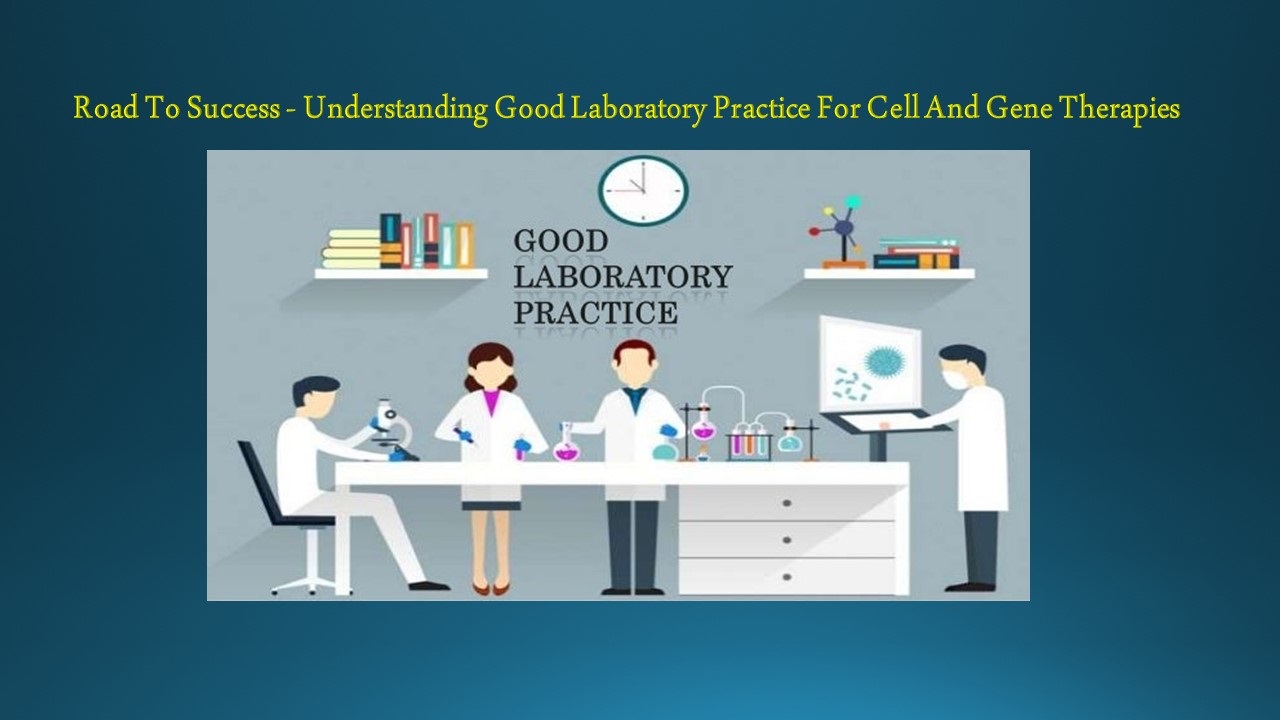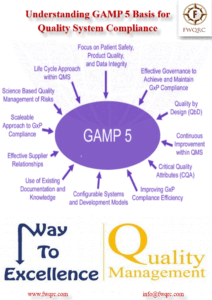Good Laboratory Practice (GLP) studies are essential for generating nonclinical study data supporting drug product submissions or applications for human use.
According to the most basic definition, GLP is a set of principles that can be applied to ensure the quality and integrity of non-clinical laboratory studies. GLP provides a means to standardize the results of pre-clinical studies that come from different labs, in part by imposing increased documentation requirements based on standard procedures. Standardization is the driving force behind GLP.
Given the complexity, diversity and rapid change of technology and techniques for cell and gene therapy (CGT) products, such standardization is often difficult (but not impossible!) to achieve. With key considerations, GLP studies enable investigational new drug (IND) and clinical trial application (CTA) filings and human clinical trials.
Takeaway: Often GLP and Good Manufacturing Practices (GMP) standards are confused or conflated. The best way to differentiate between the two is that GLP applies exclusively to the protocols and procedures for pre-clinical (pharmacology/toxicology) animal studies, while GMP applies to safe and reliable manufacture of products that are destined for use in humans.
Our goal is to provide valuable insights that helps our readers achieve their goals and improve their business.
If you're interested in staying up to date with our latest posts, we encourage you to subscribe to our blog. You'll receive regular updates on new content, as well as exclusive access to our community of like-minded readers.
Thank you again for your support, and please don't hesitate to reach out if you have any questions or feedback.





